Curiously enough, a large part of this widespread attack on the
Mormons did not appear to be an organized effort on the part of the enemies of
The Church of Jesus Christ of Latter-day
Saints - although the dedicated anti-Mormons were taking every advantage of it,
of course -but rather a device to promote the sale of newspapers. A certain
class of reader avidly devoured this type of sensationalism. Editors published
it to boost circulation, sometimes without thought or concern as to its truth
or falsity or the effect of their action on an innocent people. Indeed, Mission
authorities had encountered at least one sub-editor who freely admitted that
his own daughter had travelled in the United States, visited Utah and seen the
Latter-day Saints in their home environment, and knew how completely false were
the fabricated tales being published in Britain.
"But they aid us in selling an enormous number of
newspapers," the sub-editor said candidly.
The big difficulty in trying to combat this problem of the
press, President McKay explained to his successor, was that Mission authorities
had been unable to reach the men at the decision-making level of the offending
journals. When Latter-day Saints called at the various newspapers to protest,
they were invariably received by sub-editors or staff reporters who listened in
cold politeness, promised to "see if something could be done," but
pointedly emphasized that they themselves had no authority to order a change
and would have "to take the matter up" with someone higher in the
chain of command. Always the man at the top, the man who made policy, was
unavailable-for a variety of reasons or, rather, of conventional fictions.
One of the reasons for Dr. Talmage's call to preside over the
European Missions at this particular time was the wide experience he had
acquired, and the impressive record of success he had compiled, in dealing with
anti-Mormon attacks in the American press. It was hoped that he could be
correspondingly successful in Britain. Another factor which was undoubtedly
weighed in making the selection of a successor to President McKay as mission
president, was the prestige which Dr. Talmage carried in Britain as a member of
distinguished British scientific societies. President McKay had vivid
recollections of the famous lecture tour of 1898 when as a young missionary he
had staged Dr. Talmage's remarkably successful Glasgow appearance, and he knew
the special weight which Dr. Talmage's British honors carried in their homeland.
Events proved that both of these factors-experience in dealing with the press
and the special prestige of membership in distinguished British
institutions-were to play important roles in bringing about a spectacular
change in the attitude of the British press towards the Mormons, with great
benefit to the missionary effort.
James' first direct encounter with the hostile press confirmed
in every detail what he had been told. The Argus, a daily newspaper in the city
of Bradford, Yorkshire, was engaged in an all-out campaign against the Mormons.
This was not merely the publication of sensational anti-Mormon fiction as a
circulation-booster, but also a continuing editorial attack on The Church of
Jesus Christ of Latter-day Saints as an institution and particularly on the
Church's missionary labors in Bradford and vicinity.
In November, 1924, the situation in Bradford was approaching a
climax, centered on the issue of the Mormon missionaries' use of the public
baths of the city, on a rental basis, for performing baptisms. The Argus had
taken the lead in a campaign to deny the Mormons use of the municipal baths,
and other newspapers including the Yorkshire Observer, Bradford Daily
Telegraph, and Leeds Mercury participated in the anti-Mormon campaign.
City officials, however, had taken the stand that the Latter-day
Saints were breaking no laws, were abiding by the rules, were paying the
standard rental fee, and were entitled to use the public facilities. Because of
the newspaper agitation, the question was brought up for reconsideration, and a
public hearing scheduled for November 24.
The Argus, seething with anger, published a scathing editorial
on November 18. In it Mormonism was labelled "an abominable thing . . . an
insidious attempt to sow the seeds of license in the minds of immaturity . .
." that "should be stamped out ruthlessly."
The editorial criticized city officials for not being present or
represented at Mormon baptismal services for which they rented the public
baths, noting that the city was always officially represented at sanctioned
boxing matches. The diatribe concluded with the contrived suggestion that the
exercise of boxing "would come into effect with peculiar value when the
Mormon missionary is around."
The regular Latter-day Saint conference in this area of the
British Mission was scheduled for the weekend prior to the municipal baths
hearing, and Dr. Talmage went to Yorkshire a few days early in an effort to
talk to the editors of the hostile newspapers.
Accompanied by President John E. Wahlquist of the Leeds
Conference [District] and other missionaries laboring in the area, James
presented himself at the offices of the several newspapers and met precisely
the reception he had been warned to expect. When he offered his calling card,
it was taken to the editor (or a pretense was made of doing so) only to be
brought back with the professedly regretful announcement that the editor's
schedule was so filled that he could not possibly find time for an interview
with the visitor.
Dr. Talmage then resorted to a little stratagem which he had
been mulling over in his mind and which only he among the authorities of The
Church of Jesus Christ of Latter-day Saints could have adopted.
James would ask the newspaper staffman if he might have his
calling card back for a moment to add a note which he had earlier
"forgotten" to append. Taking his pen he wrote after his name:
F.R.S.E., F.R.M.S., F.R.G.S.-signifying "Fellow of the Royal Society of
Edinburgh," "Fellow of the Royal Microscopical Society,"
"Fellow of the Royal Geological Society."
The effect on the several British newspapermen was electric.
These were designations with which they were familiar and of which the
significance did not have to be explained. The cryptic notations carried a
potent message: the owner of these titles was no ordinary American, but a man
recognized and honored by prestigious British institutions. Fellowship in the
Royal Society of Edinburgh was especially impressive at this particular time,
for the Prince of Wales-an untarnished national idol in 1924-was to be given
honorary R.S.E. fellowship within a few weeks, and the institution was very
much in the news.
The newspapermen to whom the altered calling cards were returned
gave a startled glance at the inked initialings and hastily excused themselves
to return for a further discussion with their editors. Almost always they
returned with word that the editor had, after all, managed to squeeze a few
minutes from his crowded schedule, either immediately or at some specified time
in the near future.
Once through the previously impregnable door to the editor's
sanctum sanctorum, James had most of his battle won. Face to face with an
educated and generally reasonable man who had authority to act, it was a
relatively simple task to convince him of the unfairness and lack of
journalistic integrity in the unwarranted attacks on the Mormons-particularly
when the speaker possessed such impressive credentials in the way of British
scientific honors. Dr. Talmage's long experience in dealing with newspaper
editors on the other side of the Atlantic was also extremely helpful.
The immediate effect of the visits to editorial offices in the
Bradford-Leeds area was the appearance of generally fair and objective reports
of the LDS conference sessions in most of the area dailies, and the promise of
a complete reconsideration of policy toward the Mormons in the future. Dr.
Talmage was unable to see the editor of the Argus at this time, as he was
genuinely ill, but James wrote a substantial article replying to that
newspaper's charges, and extending an invitation to Bradford municipal
authorities and others, including the Argus' own representatives, to witness
the Mormon baptismal ceremonies. This he delivered to the second-in-command,
and in the issue of November 24 the communication appeared in full, some 24
column-inches of type under a two-column headline reading, "Letter from
Mormon Apostle-Categorical Denials of Leader of European Missions-Bradford
Baptisms-Witnesses Invited to Baths Ceremonies."
The conference meetings were unusually well attended, the
audience at the evening session being counted at 472. Dr. Talmage noted that
"but for the newspaper agitation we would have had no such numbers."
On the day following the conference meetings, the public hearing
on the Mormons' use of the municipal baths was held. City authorities treated
Dr. Talmage and the other Latter-day Saint missionaries courteously and gave
them full opportunity to state their case. When the vote was taken, it was nine
to two in favor of allowing the Latter-day Saints to continue using the
municipal baths. The following morning's Yorkshire Observer carried a headline
proclaiming "Victory for the Mormons."
Similar headlines appeared in other newspapers, including the
London dailies, for the Bradford Baths issue had become something of a cause
célèbre throughout the nation. Some of the press accounts carried the
implication that the "Mormon victory" was a defeat for British
morality, but a first crack had been made in the solid wall of newspaper
hostility toward the Latter-day Saints.
Over the next few months, Dr. Talmage made calls on other
newspaper editors across Britain, giving first priority to those which had
exhibited the strongest anti-Mormon bias, but making a point of calling on the
press wherever he went on Mission business.
The campaign was
astonishingly successful. Within a few months, anti-Mormon attacks in the
British press - a real problem for Latter-day Saint missionaries laboring in
Britain for many years - had become the exception rather than the rule.
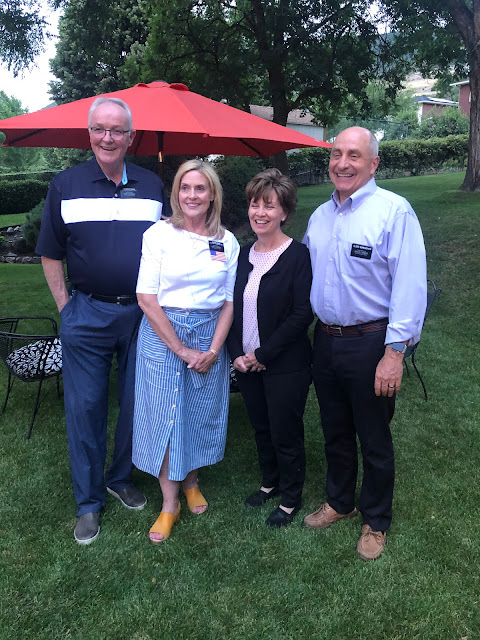











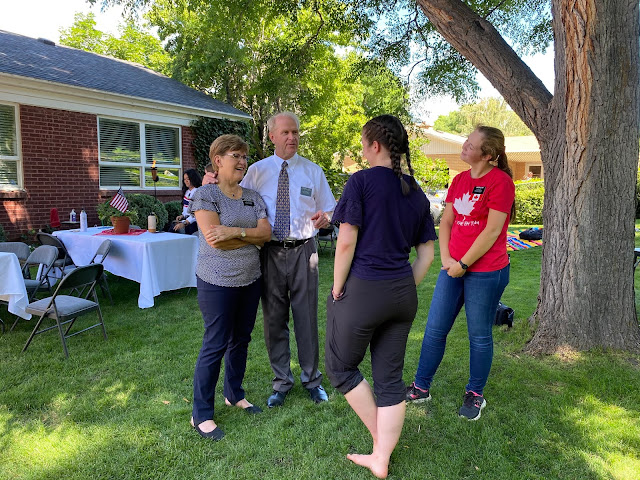













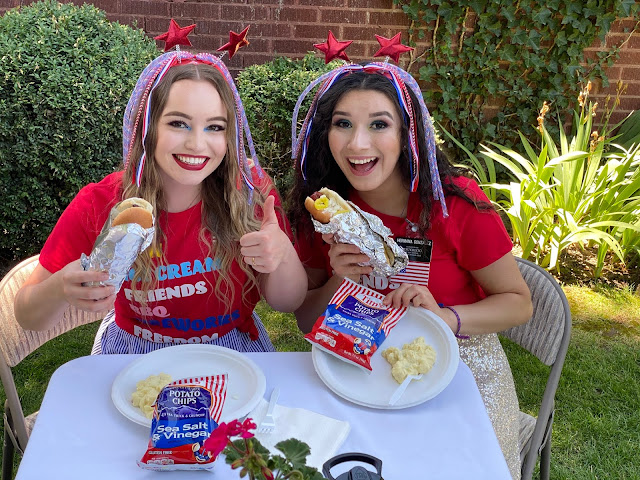
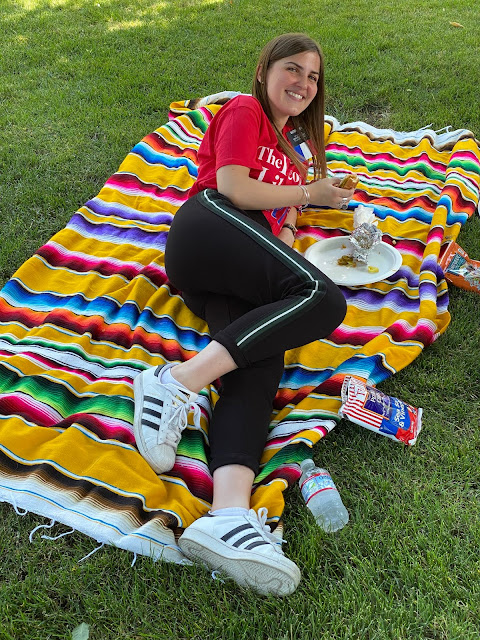








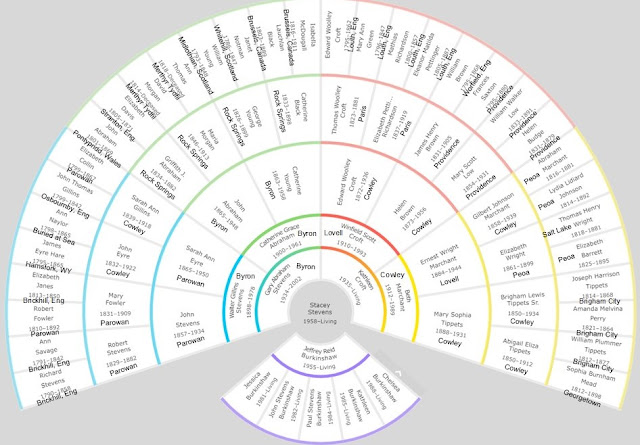



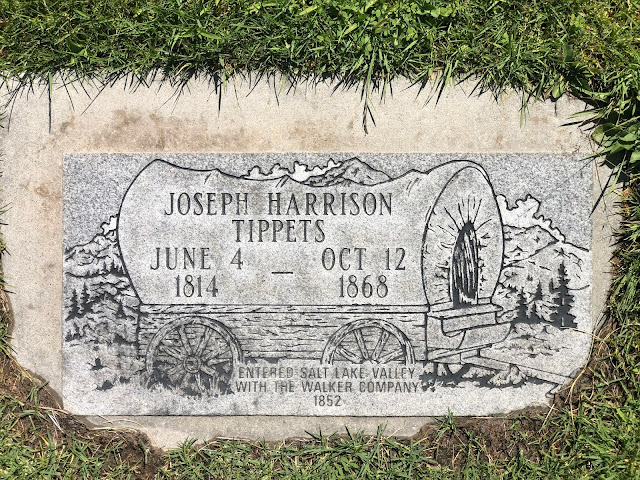
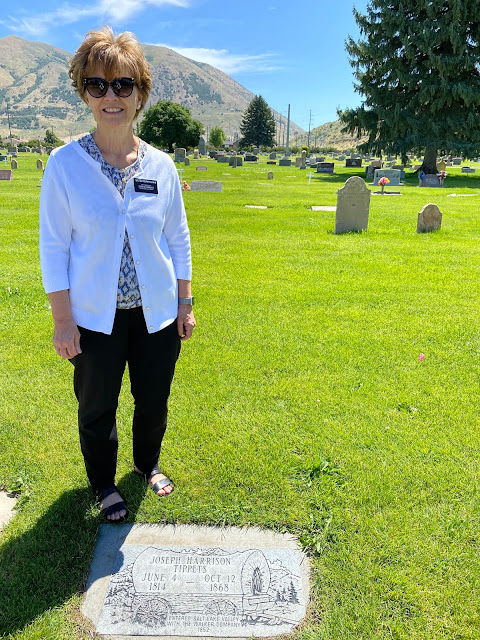









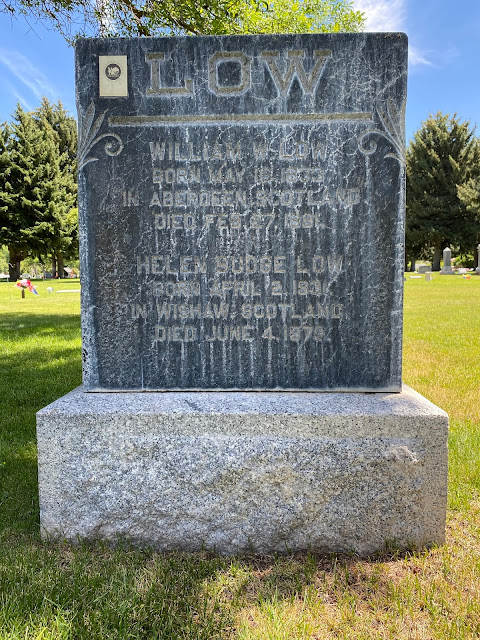






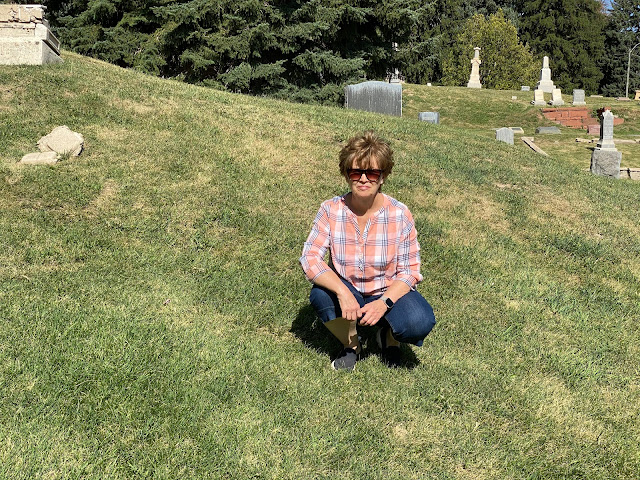













No comments:
Post a Comment